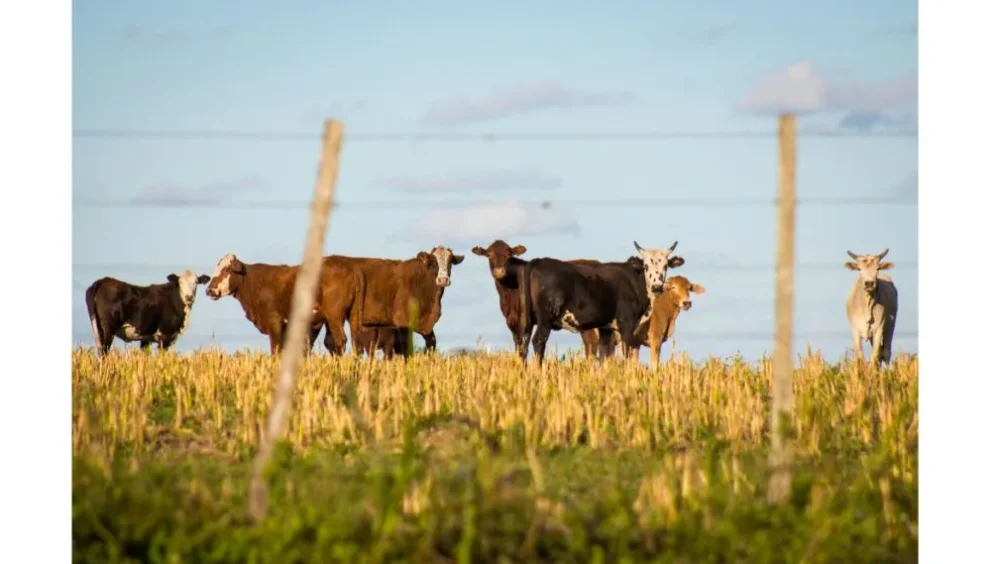The most recent Cattle on Feed report was released by USDA NASS last Friday, September 20. Reported figures were close to pre-report estimates. Reported cattle on feed as of September 1, 2024 was 0.6 percent above the same time last year. Cattle placed on feed in August was 1.4 percent below year ago levels, and fed cattle marketings for August came in approximately 3.6 percent below last year.
August placements totaled 1.975 million head, nearly 275 thousand above of last month and approximately 30 thousand below last year. Differences in placement weights were interesting. While most weight categories saw year-over-year declines (Under 600 lbs, 700-799 lbs, and 800-899 lbs), more heavier weight cattle were placed year-over-year.
Significant discussion has centered on high imports of feeder cattle from Mexico. While this may have played a role in this month’s report, market analysts appear to have already accounted for them with the reported placements in line with pre-report estimates. Looking forward, feeder cattle imports from Mexico have moved below or in-line with year-ago levels. This, combined with the additional weaned calves moving through sale barns this time of year, suggests the impact from these imports on next month’s report will be limited.
Marketings in August 2024 amounted to 1.818 million head. This was approximately 2 percent lower compared to July 2024 and about 4 percent lower year-over-year.
Interestingly, average daily fed cattle marketings were slightly higher year-over-year. August 2024 had 22 slaughter days compared to August 2023’s 23 slaughter days. Making this adjustment indicates that average daily marketings were approximately 0.8 percent higher in August 2024 compared to August 2023. The decline in marketings from July 2024 is in line with typical seasonal trends.
Cattle on feed number on September 1 this year was 11.198 million head. Cattle on feed on August 1, 2024 totaled 11.095. September 1’s total is an increase of 71 thousand head compared to last year. These figures were very close to pre-report estimates.
This report confirms that we have now begun the fall run-up in placements. In the coming months, expect more placements in general and more of those placements weighing less. As placements increase and marketings slow, cattle on feed should move higher month over month.




